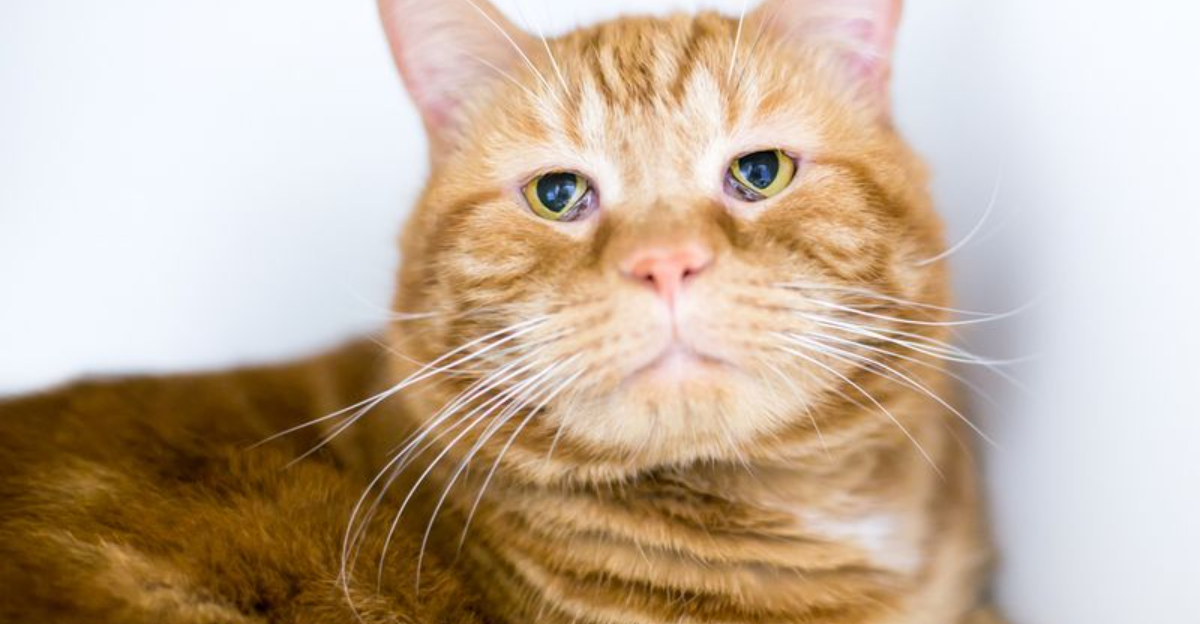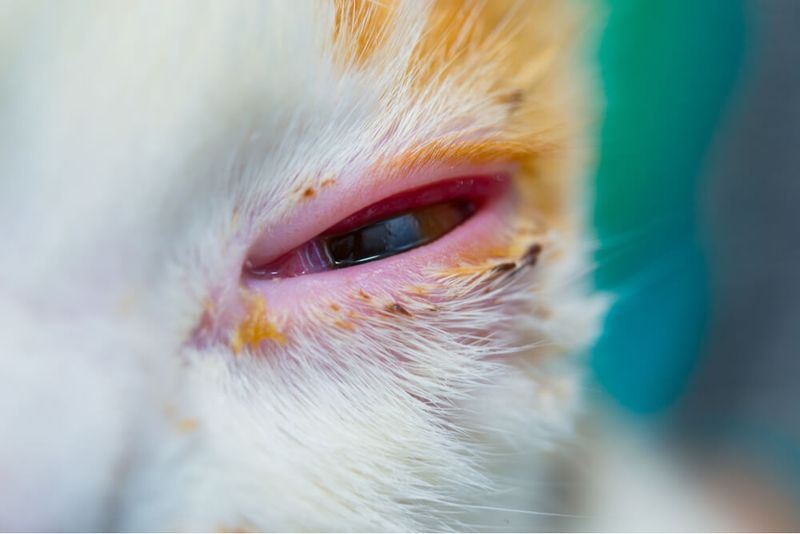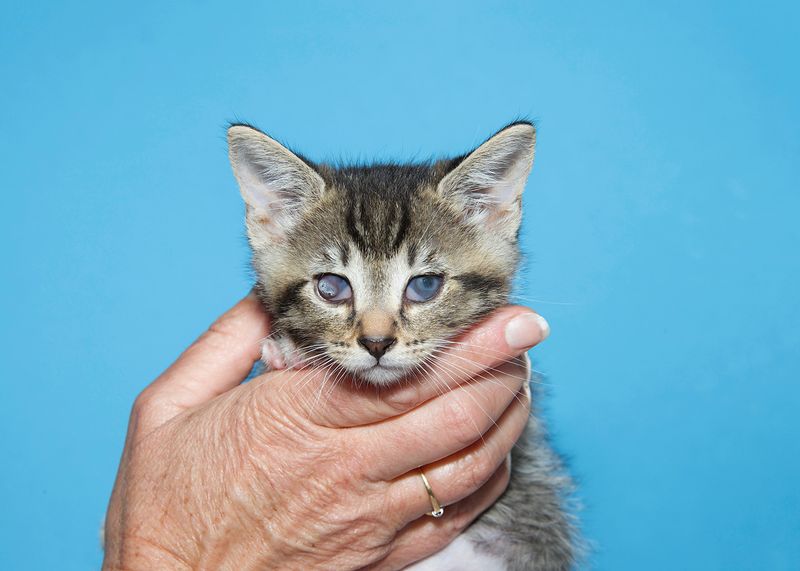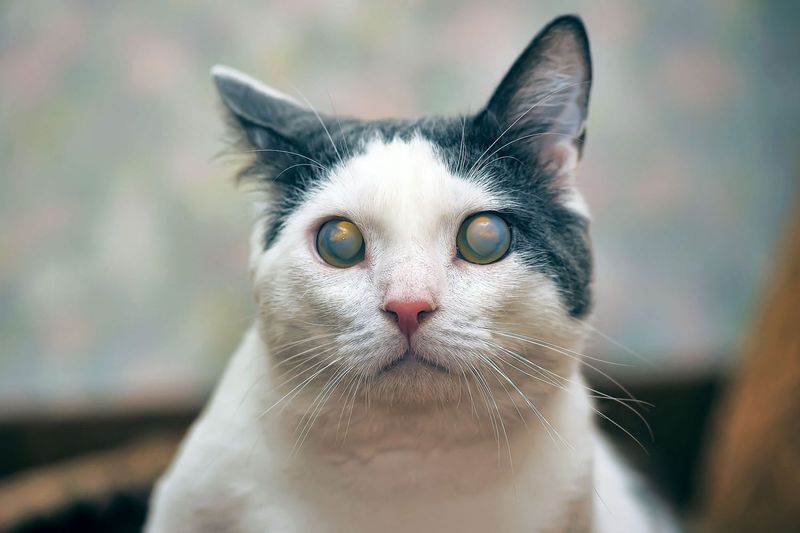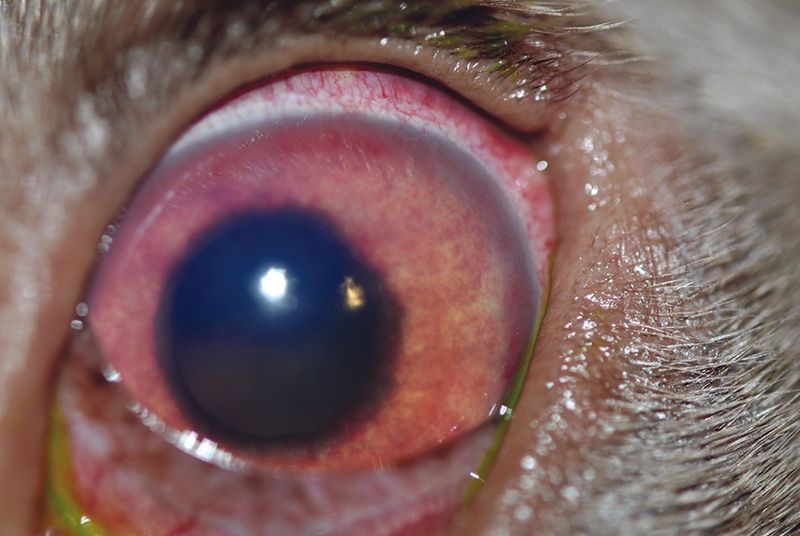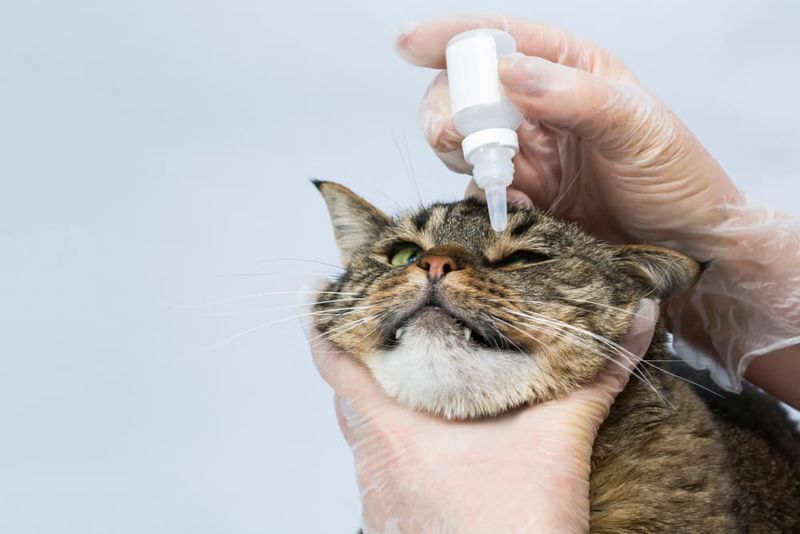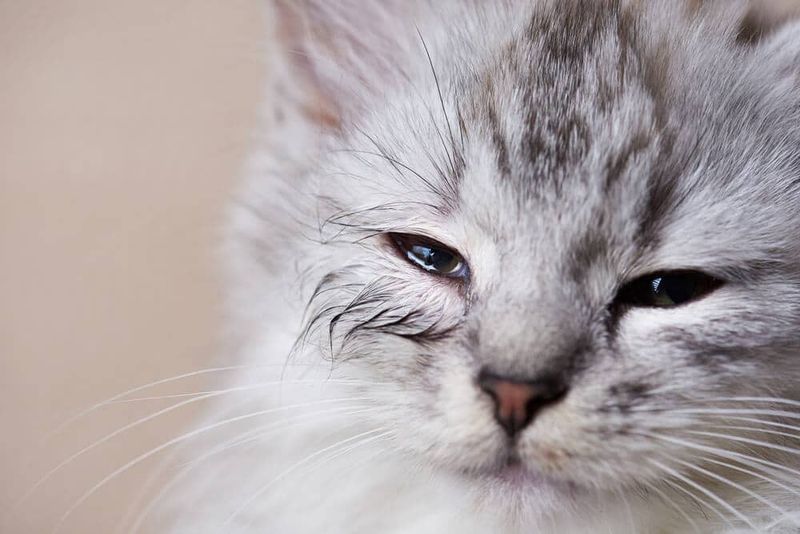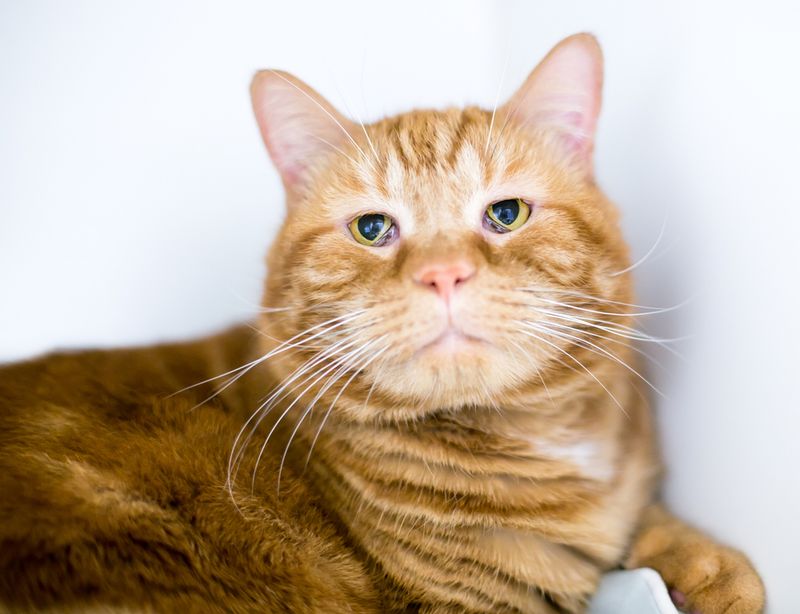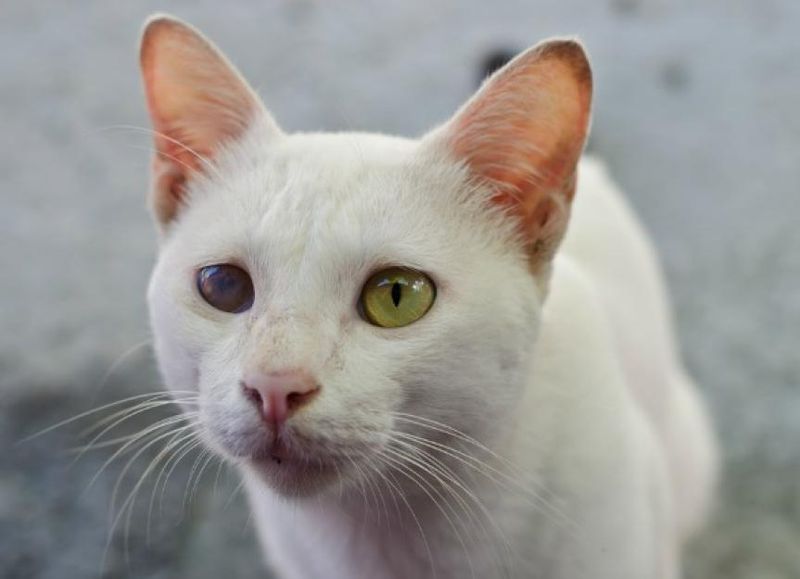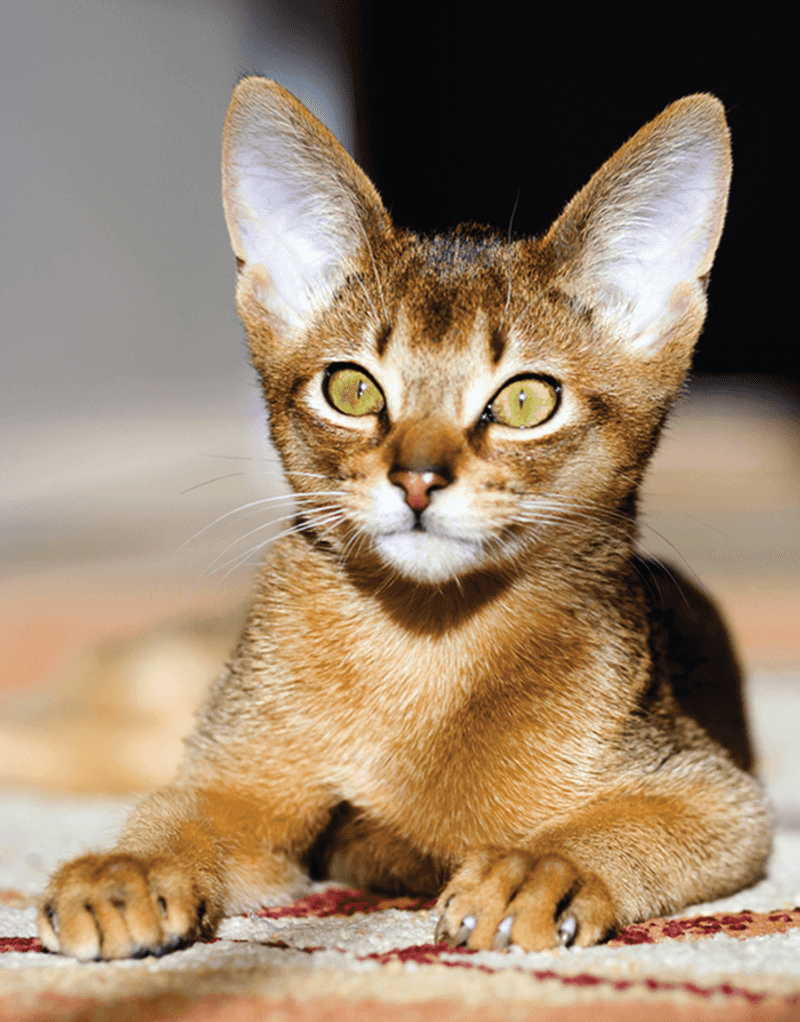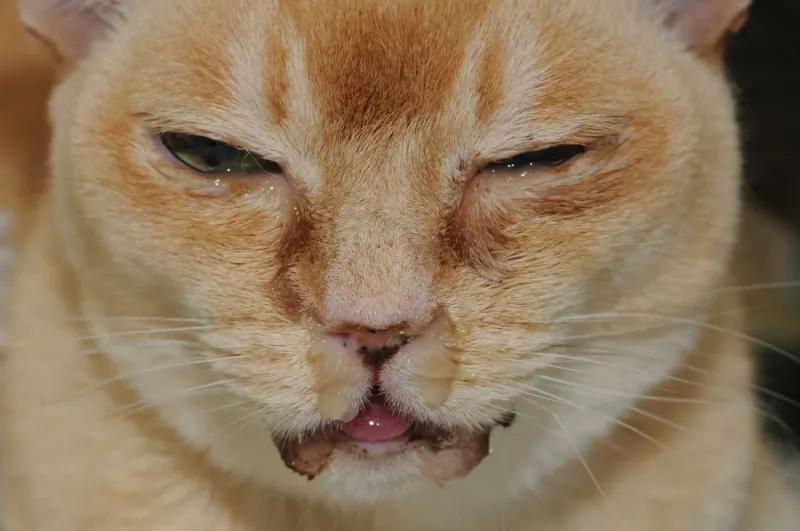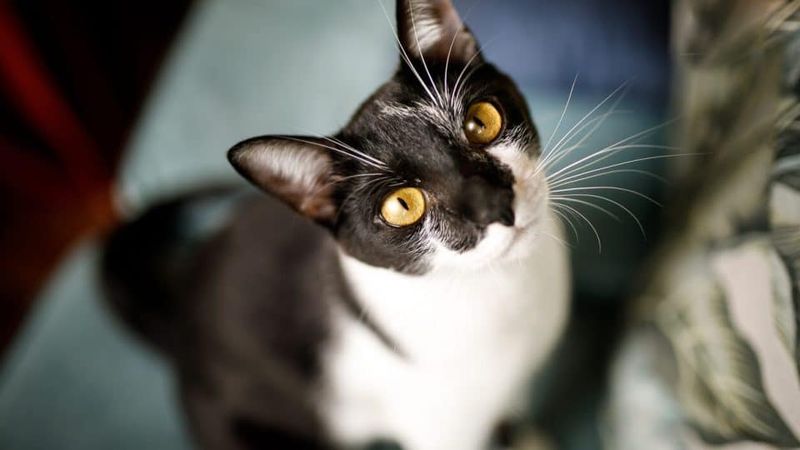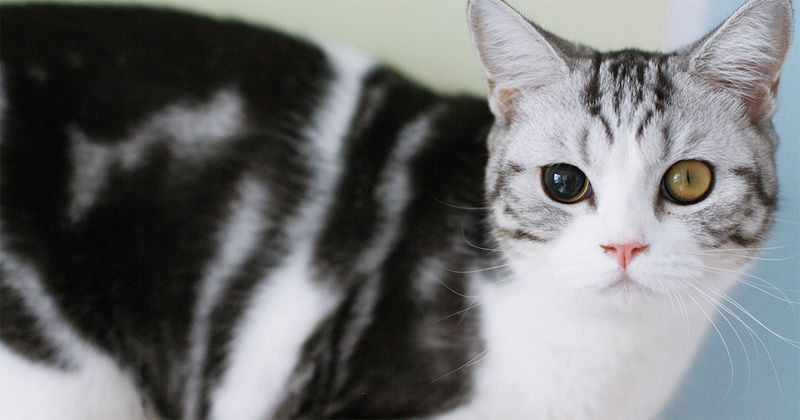📖 Table of Content:
- 1. Conjunctivitis (Pink Eye)
- 2. Corneal Ulcers
- 3. Glaucoma
- 4. Cataracts
- 5. Uveitis
- 6. Keratitis
- 7. Epiphora (Excessive Tearing)
- 8. Third Eyelid Protrusion (Haws Syndrome)
- 9. Eye Trauma or Injury
- 10. Progressive Retinal Atrophy (PRA)
- 1. Monitor for Changes in Eye Appearance
- 2. Watch for Discharge or Excessive Tearing
- 3. Observe Eye-Related Behavior
- 4. Check for Third Eyelid Visibility
- 5. Notice Vision or Navigation Changes
Cats are fascinating creatures, and their eyes are no exception. These captivating features not only showcase their emotional depth but also reveal important clues about their overall health. Understanding the signs of eye issues can make all the difference in identifying potential problems early on.
The eyes of a cat are highly sensitive, and even minor changes can indicate something more serious. Conditions like conjunctivitis are common, but there are other, more complex eye disorders that may arise. Recognizing these early symptoms is crucial to ensuring your cat’s vision remains unaffected.
A cat’s well-being depends greatly on the care and attention given to their health, particularly their eyes. By staying alert to warning signs and practicing regular eye care, owners can help prevent vision loss. Early detection plays a key role in keeping their eyes as vibrant and healthy as possible.
1. Conjunctivitis (Pink Eye)
Conjunctivitis, often called “pink eye,” is the bane of many a feline. This condition inflames the conjunctiva, the translucent membrane enveloping the eyeball. Imagine your cat’s eyes turning an unsettling shade of red, accompanied by swelling and discharge that’s either clear or pus-like. It’s a distressing sight. Cats with conjunctivitis may blink excessively as if trying to clear the fog from their vision. A trip to the vet can confirm the diagnosis, ensuring your kitty receives the care it needs. Be vigilant for these symptoms, as early treatment can prevent serious discomfort.
2. Corneal Ulcers
Painful and persistent, corneal ulcers in cats can feel like a bad dream that never ends. These sores on the eye’s surface may stem from trauma or infection. You may notice your cat squinting, as though trying to protect its eyes from invisible threats. Pawing at the eye often accompanies this discomfort. The eye may also become cloudy, with tears streaming, distorting the world in a blur. Immediate veterinary care is crucial to prevent further complications.
3. Glaucoma
Imagine a pressure cooker for a cat’s eye — that’s what glaucoma feels like. This condition raises the pressure within the eye, often leading to permanent vision loss. You’ll notice the cat’s pupils dilating to an extreme, as if struggling to adjust its focus. Cloudiness in the cornea and discomfort are major indicators that something is seriously wrong. Occasionally, the eye may protrude, causing the cat to appear bug-eyed. Glaucoma is an urgent condition that demands immediate vet care, and regular vet visits can help catch it before it becomes irreversible.
4. Cataracts
Cataracts are like looking through frosted glass for cats. These are more common in older cats or those battling diabetes. Imagine your cat moving with caution, as if tiptoeing through a fog. Their once clear pupils now clouded or whitish, a stark reminder of their aging journey. Clumsiness may become a new trait as their world blurs. Although cataracts can steal a cat’s sight, they can still lead a fulfilling life with a few adjustments. Regular vet visits help in managing the condition. Remember, even cloudy eyes can see love.
5. Uveitis
Uveitis strikes like a storm, bringing pain and discomfort. It’s an inflammation of the uvea, the eye’s middle layer. Your cat might squint, as if trying to shield its eyes from a harsh light. Their eyes could turn an unsettling red, while cloudiness hovers like an impending fog. Light sensitivity becomes a constant enemy, making sunny days less enjoyable. Uveitis is a sign of deeper health issues, necessitating a vet’s keen eye for diagnosis and treatment. Catching it early can spare your cat from unnecessary pain and help address underlying problems.
6. Keratitis
An inflammation of the cornea, keratitis in cats can feel like an unwelcome guest who refuses to leave. Often triggered by feline herpesvirus, it manifests with cloudy eyes and frequent blinking. You may notice a discharge, a subtle sign of the irritation brewing inside. The cat may blink repeatedly, as though trying to clear an invisible mist from its eyes. Timely veterinary consultation is essential to diagnose and treat keratitis, preventing more serious complications. Vaccinations can help keep viral causes at bay, ensuring your cat’s eyes stay clear.
7. Epiphora (Excessive Tearing)
Excessive tearing, or epiphora, might sound poetic, but the sight of your cat’s wet face is anything but. Tears overflow, leaving reddish-brown stains on their fur like marks of trouble. This condition can result from irritation or blocked tear ducts and should not be ignored. Regular grooming can temporarily manage the stains, but a visit to the vet is necessary to determine the cause. Catching it early can help avoid further health problems for your cat.
8. Third Eyelid Protrusion (Haws Syndrome)
Your cat’s third eyelid is like a secret shield, usually hidden but ready to act when needed. When it becomes visible, however, it could be a sign of illness or discomfort. A whitish or pink membrane might appear, covering part of the eye like a curtain drawn halfway. This is often an indication that something’s wrong, whether it’s an eye problem or a general health concern. A visit to the vet is important to diagnose the cause. By monitoring these changes, you can address potential health issues before they worsen.
9. Eye Trauma or Injury
When a cat experiences eye trauma, its normally inquisitive look may shift to one of distress. Accidents or playful roughhousing can result in swelling, bleeding, or a cloudy eye. In response, your cat might squint or avoid opening the affected eye, instinctively protecting it from further harm. Immediate veterinary care is necessary, as ignoring eye injuries could lead to lasting damage. By keeping the surroundings safe and avoiding hazards, you can help your cat stay injury-free while exploring its environment.
10. Progressive Retinal Atrophy (PRA)
A cat with Progressive Retinal Atrophy (PRA) experiences a slow, steady decline in vision, much like a sunset that refuses to end. This genetic condition typically starts with night blindness, making it harder for your feline friend to navigate in low light. Dilated pupils that don’t react to light and frequent collisions with objects become more apparent as the disease progresses. While PRA cannot be cured, ensuring your cat has a stable, secure environment will help them adapt. Regular veterinary visits can monitor the condition and offer assistance in managing its effects.
1. Monitor for Changes in Eye Appearance
Keeping an eye on changes in your cat’s eye appearance is like having a window into their well-being. Look for cloudiness, unusual colors, or swelling—each a whisper of potential trouble. Unequal pupil sizes or persistent dilation are signals not to be ignored. A regular examination under good lighting can help you spot these changes early on. Remember, healthy cat eyes should be clear, bright, and symmetrical. This weekly ritual can be your first line of defense in maintaining your cat’s eye health, a small effort that can make a big difference.
2. Watch for Discharge or Excessive Tearing
Observing for discharge or excessive tearing can be akin to detective work in feline care. Clear discharge might hint at irritation, while yellow or green suggests infection lurking. Tear staining, especially in light-colored cats, is like an alert that tear duct issues may be present. If you’re wiping their eyes daily or more, it may be time for a vet visit. Regular vigilance can catch issues before they escalate, ensuring your cat’s eyes remain as sparkling as their personality. This small amount of diligence can truly go a long way.
3. Observe Eye-Related Behavior
Keeping tabs on eye-related behavior is like tuning into your cat’s unspoken language. Squinting, rapid blinking, or favoring one eye can be subtle cries for help. Rubbing their face or showing sensitivity to light are hints of discomfort lurking beneath the surface. Your cat might avoid being touched near the head, a protective instinct against pain. These behaviors are more than just quirks; they’re signals that something may be amiss. By observing these cues, you can intervene early, ensuring your feline friend’s comfort and health remain uncompromised.
4. Check for Third Eyelid Visibility
Being aware of third eyelid visibility is like having an early warning system for your cat’s health. This eyelid should remain hidden, but when it peeks out, it’s a sign that something might be wrong. Snap a quick photo to compare later, as the third eyelid’s visibility can fluctuate. Persistent presence on both sides may indicate illness or discomfort that needs addressing. This simple act of observation can guide you in seeking timely veterinary advice, helping you uncover hidden issues before they become significant problems.
5. Notice Vision or Navigation Changes
Recognizing vision or navigation changes in your cat is like noticing the tides subtly shift. Bumping into objects, misjudging jumps, or hesitating in dim lighting can indicate vision issues. Difficulty finding toys or food suggests the world isn’t as clear as it once was. Sudden clinginess or confusion can be your cat’s way of seeking comfort. These changes require attention, as they are often the first signs of underlying problems. Providing a safe, familiar environment and consulting a vet can help your feline friend navigate these challenges with ease.
